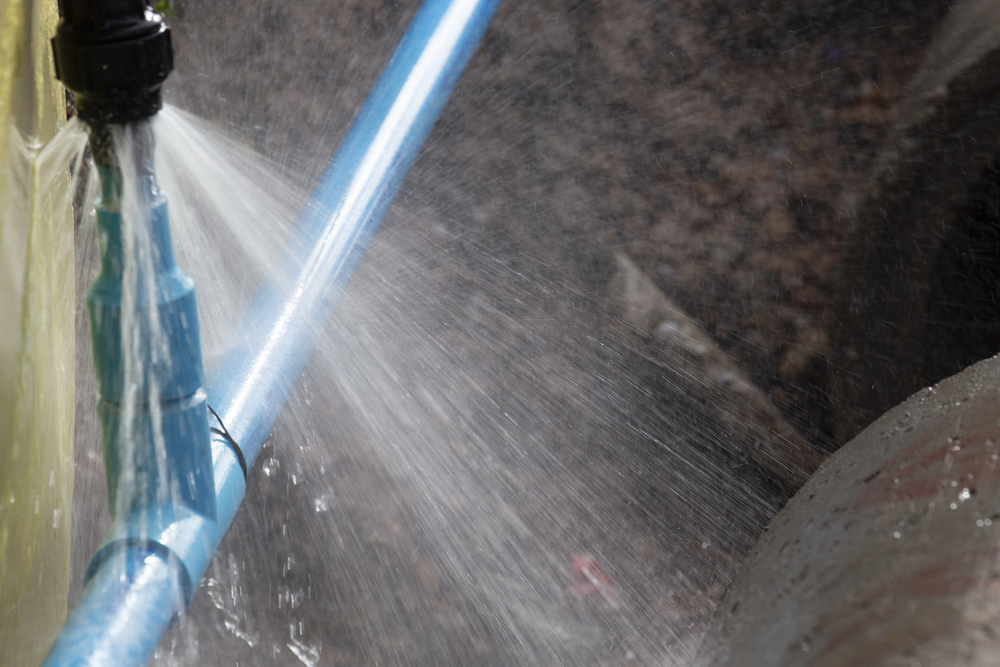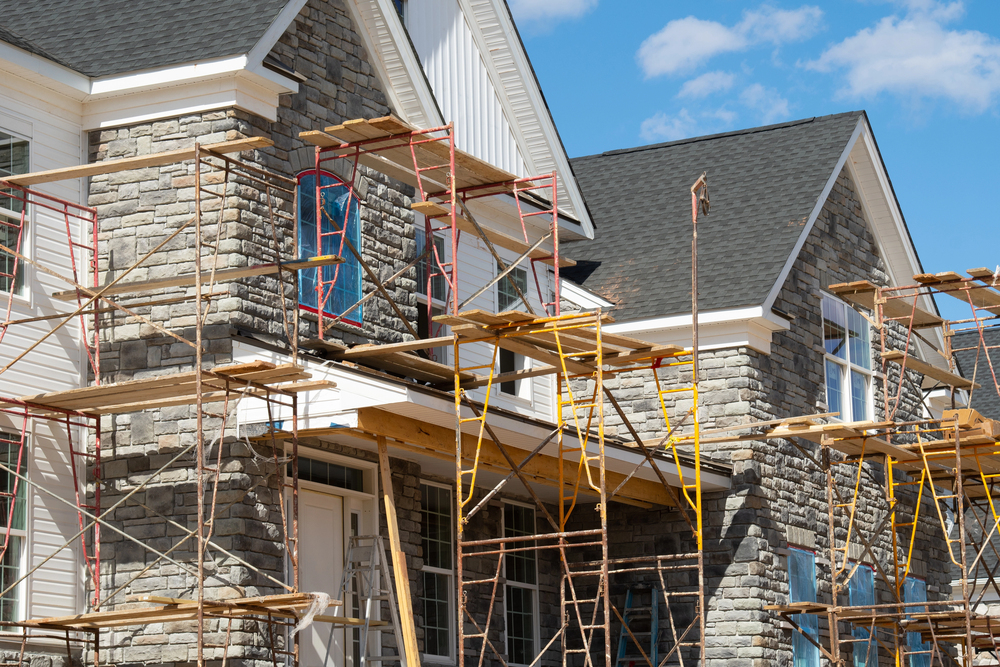Is Flooding From a Broken Water Line Considered Surface Water?

A commercial insured’s showroom was flooded. The flooding was caused by a demolition contractor who broke a water line while demolishing an adjacent building. The claim is currently under review with the carrier, which is suggesting that the water was surface water and would not be covered due to the water exclusion on the commercial property form.
The agent thinks the intent of the water exclusion is to exclude rising surface water from streams, rivers and lakes. Therefore, this loss should be covered.
Q: Is flooding from a broken water line on an adjacent property considered surface water?
Response 1: Although the water may have traveled over the surface of the ground, I’m not sure that makes it surface water in the context of the exclusion. The exclusion says:
1. Flood, surface water, waves (including tidal wave and tsunami), tides, tidal water, overflow of any body of water, or spray from any of these, all whether or not driven by wind (including storm surge)
“Ejusdem generis” is a Latin phrase meaning “of the same kind.” It is used in legal interpretation to limit general terms to specific categories. When an exclusion lists specific items followed by general terms, the general terms are interpreted to include only items of the same nature. The other kinds of water described in that exclusion are natural phenomena, such as tides and bodies of water.

Agency Nation Radio: Where Insurance Pros Turn on the Mic
As an agent, your only course of action is to make this argument to a senior claims official at the insurance company. If that fails, the insured will need to get a lawyer. Use care not to interfere with the claims process, however, because that could put you in jeopardy with your principal.
Response 2: Normally, surface water has been ruled by courts to be naturally occurring. Unfortunately, this endorsement changes that language by adding the phrase “otherwise caused”: “This exclusion applies regardless of whether any of the above, in paragraph 1, is caused by an act of nature or is otherwise caused.”
A burst water line is “otherwise,” the way I see it.
Response 3: The claim hasn’t been denied yet, so this question might be a bit premature. While your client can certainly file a claim under its own policy—and the carrier is obligated to investigate and pay if covered—this situation also involves a liability claim. Therefore, even if there isn’t coverage under your client’s policy, a liability claim should still be filed, as there may be reimbursement for damages from that policy.
What Do the Experts Think?
Regardless, it’s worth noting that the policy doesn’t specify that “surface water” must originate from streams, rivers or lakes. Surface water is generally defined as water that accumulates on the ground’s surface, typically resulting from precipitation, and that does not flow within a defined channel or watercourse like a river.
Two articles from Merlin Law Group, “How Do You Define ‘Surface Water’ and Is It Covered Under My Policy?” and “Surface Water Revisited by Bill Wilson” may be helpful.
Response 4: According to the International Risk Management Institute (IRMI) commercial property insurance manual, courts generally hold that water inside a pipe is not surface water. IRMI cites the following court decisions:
- Ferndale Development v Great American Insurance Company
- Ebbing v. State Farm
- Popkin v. Security Mutual Insurance Company of New York
- Ender v. National Fire Insurance Company of Hartford
- Mellon v. Hingham Mutual Fire Insurance Company
Given the decisions in these cases, it appears to me that water inside a pipe is not surface water and, therefore, the water exclusion does not apply to damage caused by that water.
Response 5: A liability claim against the demolition contractor and the neighboring property owner is warranted. They should be ultimately responsible for the damage to your client’s space. Even if the property policy covers this claim, I would expect the carrier to subrogate.
On the property policy, the route the water travelled to reach the insured space is an important factor. If the pipe breakage was in a wall shared with the insured space, I believe the water exclusion should not apply. However, if the water flowed into a sewer, storm drain or down the street first, it is probably excluded as a flood. The original source of the water is not the determining factor.
This question was originally submitted by an agent through the Big “I” Virtual University’s (VU) Ask an Expert service, with responses curated from multiple VU faculty members. Answers to other coverage questions are available on the VU website. If you need help accessing the website, request login information.
This article is intended for general informational purposes only, and any opinions expressed are solely those of the author(s). The article is provided “as is” with no warranties or representations of any kind, and any liability is disclaimed that is in any way connected to reliance on or use of the information contained therein. The article is not intended to constitute and should not be considered legal or other professional advice, nor shall it serve as a substitute for obtaining such advice. If specific expert advice is required or desired, the services of an appropriate, competent professional, such as an attorney or accountant, should be sought.










